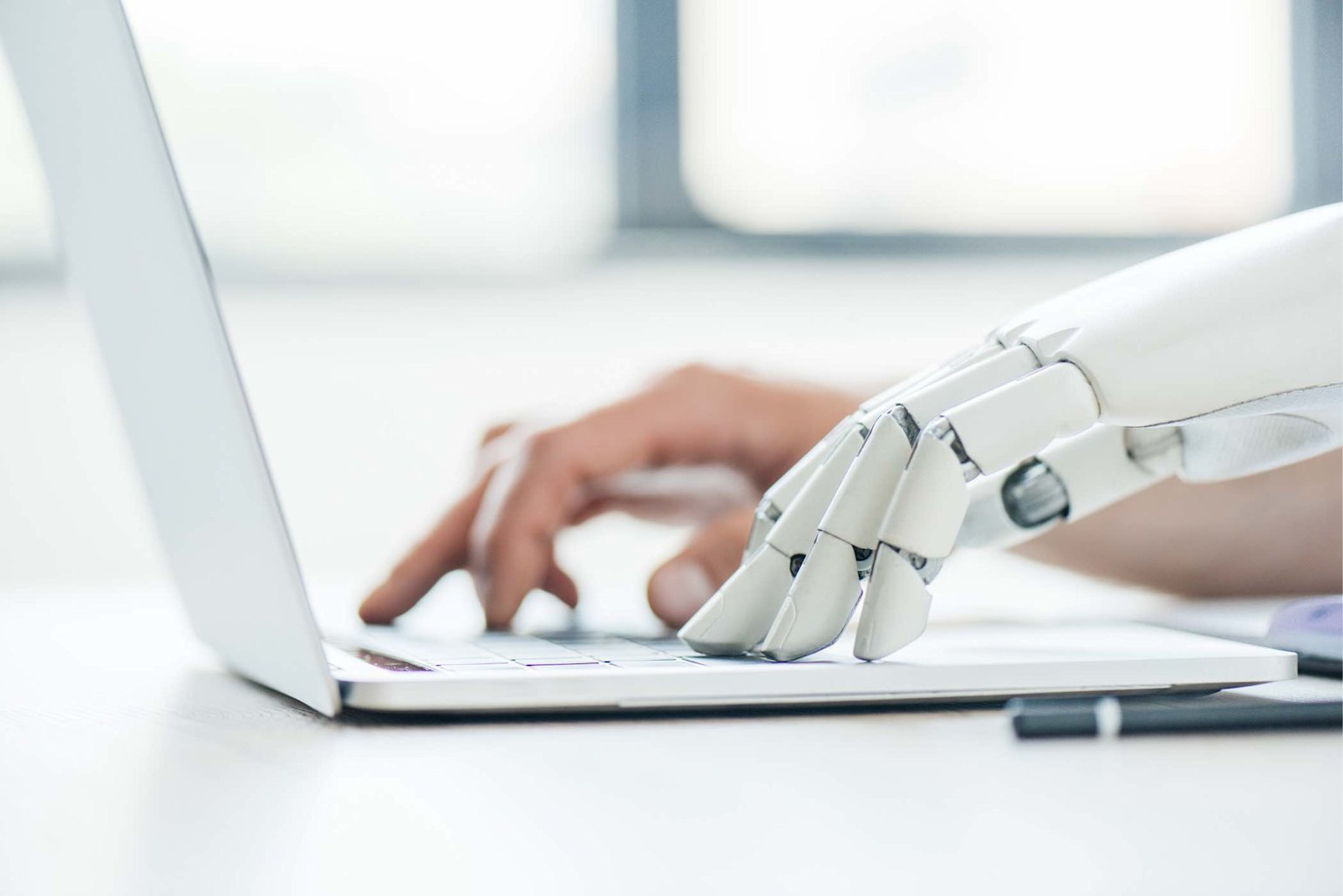Coronavirus (COVID-19) Updates
For the latest COVID-19 information and updates from Qatar Foundation, please visit our Statements page

Dr. Ghanim M. Al-Sulaiti, Scientist at Qatar Computing Research Institute, says we need to change the narrative from AI being a job-stealer to it being a colleague
There is no doubt that artificial intelligence is poised to revolutionize numerous industries around the globe, but does that mean it will become synonymous with mass unemployment?
“The simple answer is no, at least not anytime soon,” said Dr. Ghanim M. Al-Sulaiti, scientist at the Qatar Center for Artificial Intelligence (QCAI) housed within Qatar Computing Research Institute (QCRI), which is a part of Qatar Foundation’s Hamad Bin Khalifa University. “Despite everything we see in sci-fi movies, the technology is nowhere near sophisticated enough to replace humans/humans are still far superior to machines.”
He explained that there are very simple things that human beings can do in a fraction of a second that machines still cannot do. For example, a machine will struggle to pick up different shaped objects that a three-year-old child can do in the blink of an eye.


The mere question of whether AI will replace humans is flawed because it wrongly assumes that AI and humans have the same skills and abilities
Dr. Sulaiti joined QCRI in August 2021, after graduating with a Ph.D. in Engineering from the University of Cambridge, UK. His research interests include AI, digital innovation, digital platforms, and digital transformation.
According to Dr. Sulaiti, what we have now is “narrow AI”, which is only capable of performing very specific tasks. “General AI”, which is on par with human intelligence – if we are to ever achieve it – is several decades away.
“The mere question of whether AI will replace humans is flawed because it wrongly assumes that AI and humans have the same skills and abilities. Yes, AI-based machines can work around the clock and are consistently accurate, but they aren’t intuitive and lack emotional intelligence, both of which make humans more effective,” said Dr. Sulaiti.
Dr. Sulaiti prefers not to focus on job creation or job loss as a result of AI. “I think the focus should be on AI augmentation – how AI will work with humans to improve the efficiency and productivity of their existing jobs.”
We need to change the narrative from AI being a job-stealer to AI being a colleague
AI/human augmentation is a view that sees the story of humans and machines as one of cooperation. It puts the human in the driver seat and focuses on how AI becomes assistive to enhancing human capabilities—like hearing, seeing, and making decisions.
“We need to change the narrative from AI being a job-stealer to AI being a colleague. One that can take up the part of our jobs that is repetitive and mundane and free us up for the more interesting and challenging tasks,” said Dr. Sulaiti.

An example of AI assisting humans is speech-to-text transcription. Previously people would transcribe manually, a tedious time-taking task. Today, transcription is mostly done using machines, and there is no denying that machines are able to do it faster than humans and, in most cases, quite accurately. But just because the machine performed the task it doesn’t mean the need for a human is completely eliminated, a person will still need to check the machine’s work to confirm that the transcription is accurate.
The reduced involvement of humans in such tasks means they can use their time elsewhere, like learning other languages that the organization can transcribe and then supervise the machine.
To be able to exist in harmony with an AI-inclusive workplace, there is a need for a large portion of the workforce to upskill, particularly for single-skill white-collar employees
Clarifying his stance on AI and its abilities, Dr. Sulaiti reiterated that there is no doubt that AI will impact jobs. “To be able to exist in harmony with an AI-inclusive workplace, there is a need for a large portion of the workforce to upskill, particularly for single-skill white-collar employees.”
A large portion of the workforce employed in single-skill white-collar jobs in Qatar are educated to a university level, which means they are likely doing jobs that are below their level. There is a need for this sector to upskill and take on jobs that match their education level.
“When we look at a job to see how susceptible it is to automation, we don’t look at it as a single point, rather we look at it as the set of tasks it entails. So, if a job has 10-15 tasks, we need to see which of the tasks can be automated, and the good news is you will rarely ever find a job that can have 100 percent of its tasks automated. For the tasks that can be, that is where we need to see how we can upskill to stay relevant.”

Image source: LightField Studios, via Shutterstock
Commenting on skills that will be needed for future employment, Dr. Sulaiti said: “Humans will always be the best at being humans. We – humans – have always excelled at critical thinking and problem solving, good communication and teamwork, leadership, initiative, creativity, and that is what will always be needed. And of course, the willingness to embrace new technology.”
AI will inevitably play a key role in the future of workplaces. Businesses that succeed will be the ones that get on board the automation train early and upskill their workforces to meet the new needs of the changing workplace.

